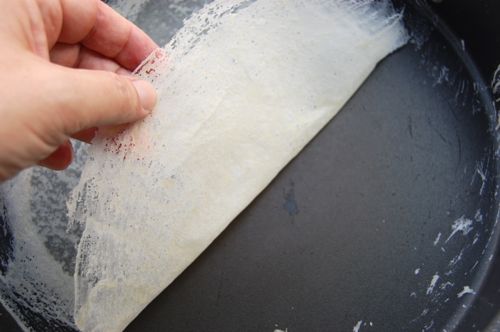Next Up: Mieliepap
I’ve been getting all sorts of interesting emails since I announced my month of savory baking. Among the most intriguing was from reader Abri in Durban who told me to try something South African for a change. Not knowing much about South African food I naturally asked for some suggestions, the more classic the better. This topped Abri’s list of classic South African foods. It’s not a pastry, nor a bread…it’s actually a side dish. However since I just came into possession of some pretty nice corn meal, it seemed like fate. And given the holiday yesterday and the fact that little Joan has bronchitis, this is going to be a pretty abbreviated week anyway. So let’s do it!
READ ON

